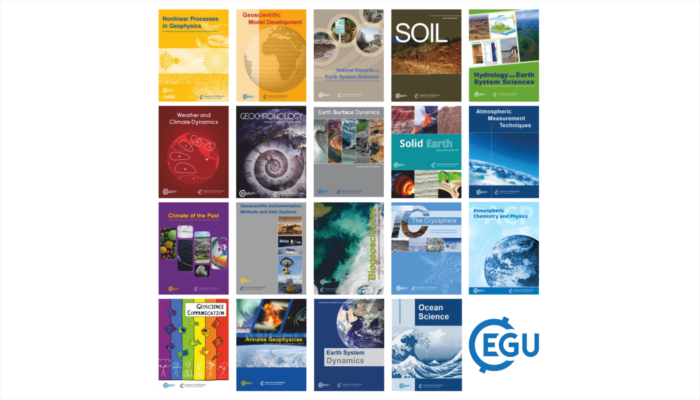From aiming at globally distributed, but virtually connected conference hubs to live subtitles and translations: never has the scientific conference format been on a trajectory of such abrupt change. What the new format of the coming years will be is still unclear, but it will need fewer chairs and more bandwidth, and should be sensibly ‘green’ and super accessible, suggests Fabio Crameri. Even th ...[Read More]
GeoRoundup: the highlights of EGU Journals published during May!
Each month we feature specific Divisions of EGU and during the monthly GeoRoundup we put the journals that publish science from those Divisions at the top of the Highlights roundup. For May as we recap the General Assembly we are not highlighting any specific Division, so this month our GeoRoundup Journals will be alphabetical! All highlights for May Annales Geophysicae: Magnetospher ...[Read More]
Congratulations to the winners of the EGU22 Photo Competition!
For this year’s Photo Contest, EGU received scores of amazing images capturing a broad spectrum of the geosciences. After the selection committee whittled the field down to 10 finalists, members have been voting for their favourites throughout EGU22’s week-long conference. After an enthusiastic response from our online and on-site voters, we are now ready and very excited to announce the win ...[Read More]
EGU22: The bitter reality behind fixed-term contracts
Monday evening’s Great Debate was definitely the place to be. Whether you were a PhD student, a professor, a research associate, a lecturer or, like me, a Postdoctoral researcher, this debate was here to raise awareness of the lack of permanent positions and the impact this has on a researcher’s career (and life!). As you may all know, getting a permanent position can sometimes feel like an ...[Read More]




